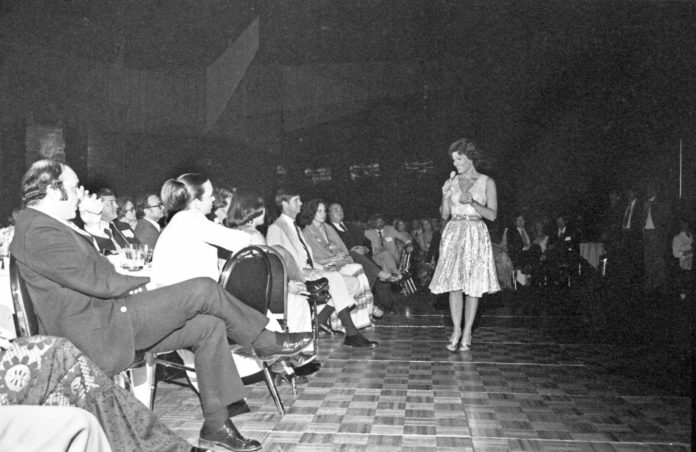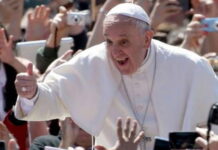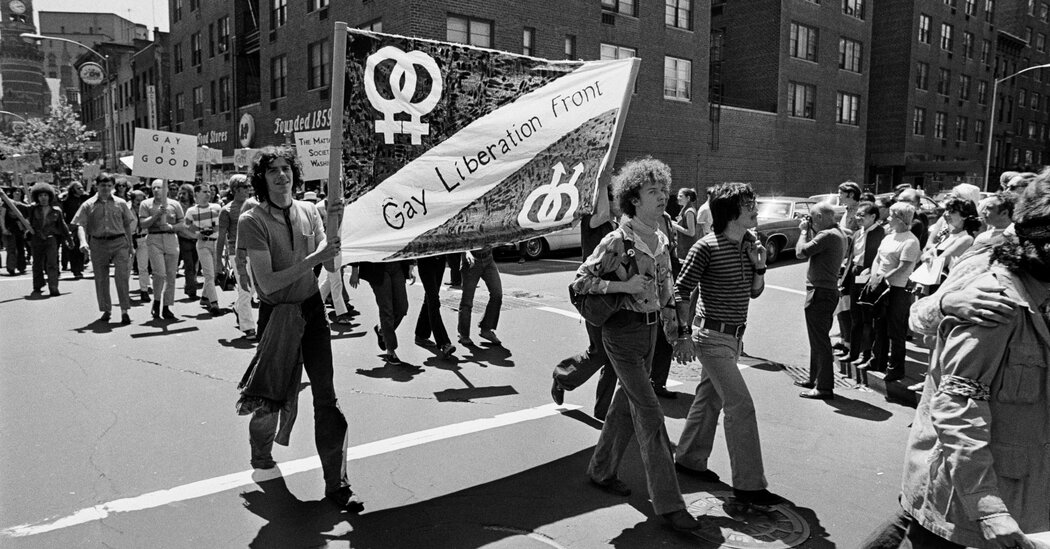
The history of gay people in Houston and the community they’ve built, often in restaurants, bars and bookstores, but also among street protests and planning rooms and shared struggles, has created a geography of gay civil rights that has begun to fade as LGBTQ+ people more than ever before are able to be themselves wherever they are. Here are seven landmarks in that history that together help tell that story.
1936. Wagon Wheel night club outside of Houston on Airline and Little York, on the road to Dallas. Local historians say in all likelihood, this early club catered to straight men looking for a wild time, rather than as a place where men could meet each other. But it heavily promoted its star attraction — a widely heralded troupe of female impersonators — and eventually drew the determined scrutiny of the grand jury, despite the sheriff’s insistence at the time that no law existed that the shows, purposely staged outside of city limits, violated. It burned in 1938, with inspectors blaming arson.
1945. Opening of the Pink Elephant at the corner of Fannin and Bell Streets. Prior to the opening of this bar, which we’d recognize today as a gay bar, men and women who wanted to meet each other for sex or socialization had to take their chances at an elaborate network of coded places, such as lobbies in downtown hotels such as the Rasthskeller and Rice Hotel where they could subtly indicate their availability, essentially hiding in plain sight.
1976. The Exile, 1011 Bell Street. Houston had its first Pride parade in June of the Bicentennial year, six years after New York City’s inaugural parade in 1970. As former Houston Mayor Annise Parker told me this week: “I was there. Not really a parade and a rather short march!” But it was a start. When funding ran dry the next year there was no second march, not yet anyway.
June 16, 1977. Hyatt Regency Hotel. The Texas Bar Association had invited country and western star Anita Bryant to perform at its convention in Houston. Bryant was an indefatigable campaigner against gay rights and loathed among the community. Earlier that day outside of City Hall, speakers led a crowd of 300 through a call-and-response denunciation of homosexuality. Three thousand gays and allies marched in a candle-light procession that night to the Hyatt. In many ways, this was the galvanizing moment for large-scale gay rights protests in Houston.
June 28, 1980. 2400 Capitol Street in east downtown. Houston gay activist Fred Paez is killed by an off-duty police officer who attempted to arrest him for public lewdness, after Paez reportedly hit on the officer outside a warehouse where the officer was working a second shift security job. He was tried on a misdemeanor charge and found not guilty.
Westheimer and Montrose, July 14, 1991. One thousand-plus people gather in a takeover of the intersection organized by the national gay rights group Queer Nation in protest of the brutal murder of Paul Broussard by a group of 10 young people who had driven to Montrose from the Woodlands and jumped Broussard and two friends as they left a gay bar early on the morning of July 4.
Sept. 17, 1988. Colorado Club Apartments, # 833, in far east Houston. A jealous lover calls the police on John Lawrence and Tyron Garner. When they respond, they cite the couple for having sex in their apartment. The case goes all the way to the U.S. Supreme Court, which in June 2003 issues a sweeping decision striking down any laws that make private sex between members of the same sex illegal.
Sources: Much credit goes to Brian Reidel and Joanna Collier for help in pointing me to original sources for these and other events, and to J.D. Doyle, whose massive online collection of gay history artifacts is a treasure.









